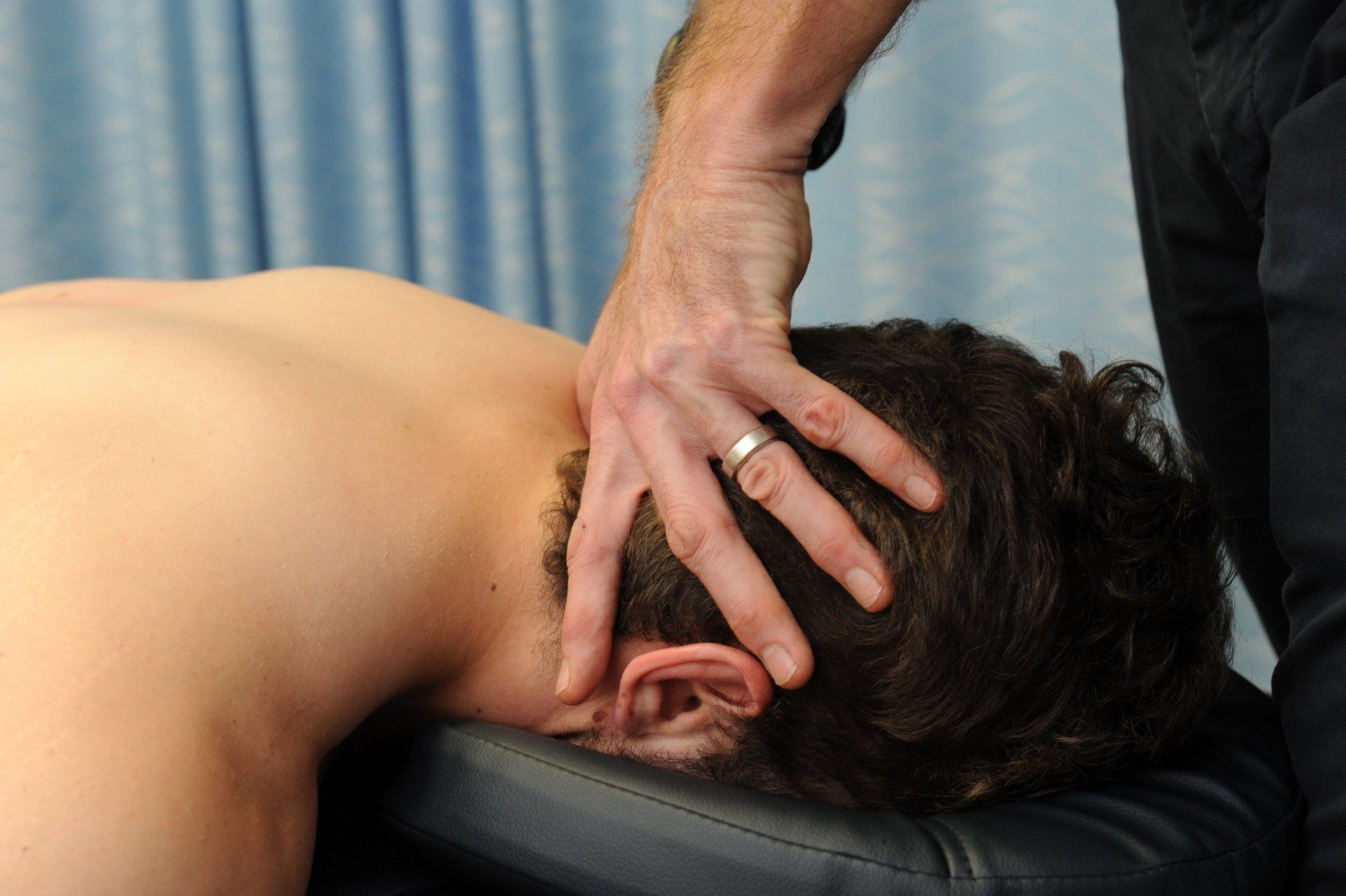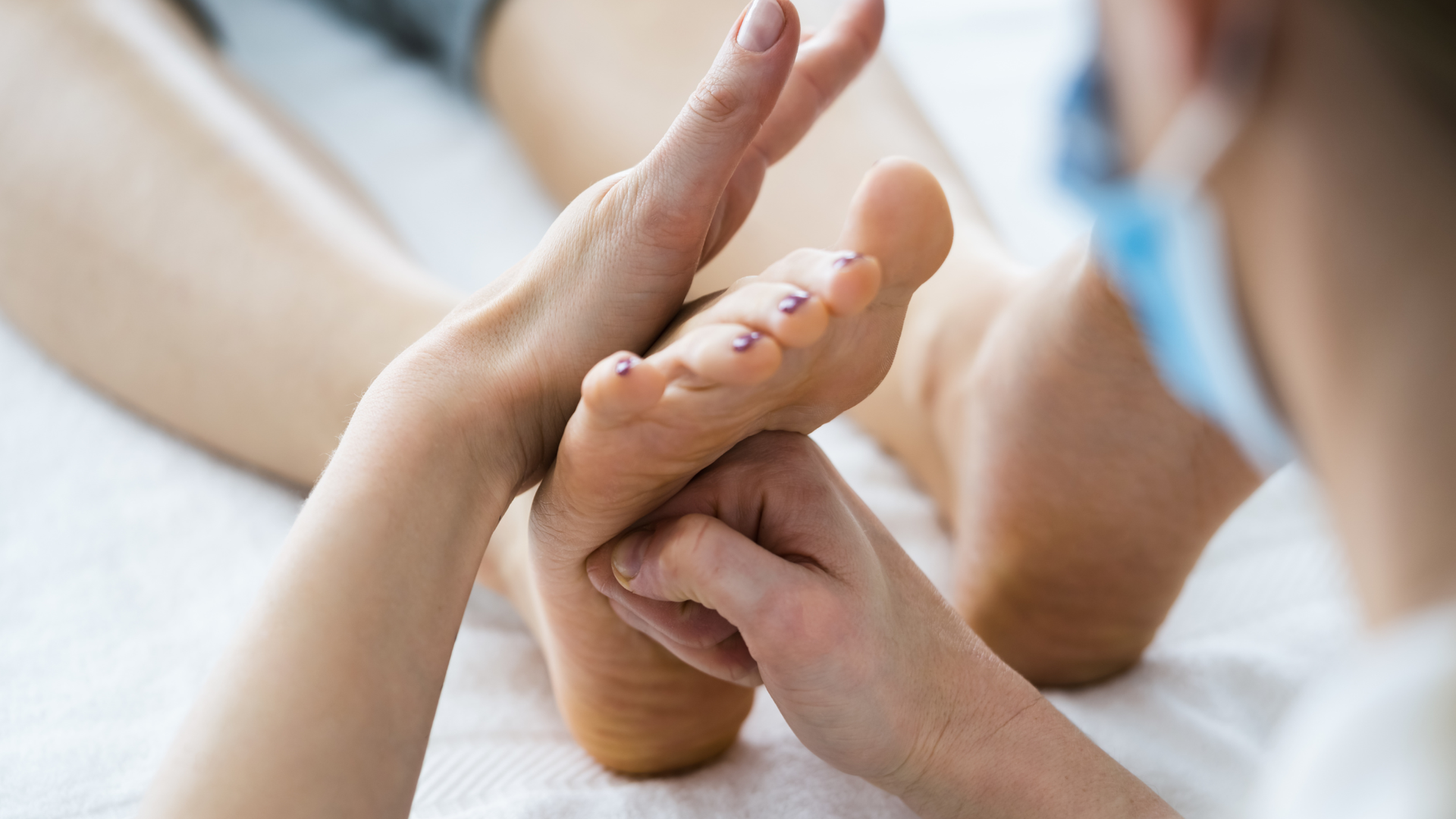Remedial Massage
Tight muscles? A little stressed or anxious? A good massage will help.

Remedial massage is a complimentary and alternative medicine approach that encompasses a range of techniques to address specific musculoskeletal issues and mental health conditions. Whether you are suffering from chronic pain, anxiety, an injury, or tension in the body, a remedial massage therapy can help as part of a multi-disciplinary treatment plan, individualized to suit your needs and health care goals.
What is Remedial Massage?
Remedial massage is a type of massage therapy that aims to treat musculoskeletal injuries, address mental health conditions, and alleviate pain and tension in the body. Performed by qualified massage therapists, remedial massage is a hands-on treatment that uses various techniques to manipulate the soft tissues of the body, including muscles, tendons, ligaments, and fascia. These techniques may include deep tissue massage, trigger point therapy, myofascial release, and stretching. Massage therapists use their hands, fingers, elbows, and forearms to apply pressure and manipulate the soft tissues to improve circulation, relaxation and improved muscular health.
There are several types of remedial massage, each with its own unique approach and techniques. Some of the most common types of remedial massage are:
Deep Tissue Massage. As the name suggests, deep tissue massage focuses on the deeper layers of muscle and fascia and are more commonly used during injury management or recovery sessions. Deep tissue massage is usually more uncomfortable (what we call “good pain”) as the therapist uses slower, sustained pressure on areas to assist in releasing tight structures and trigger points. These techniques can have far reaching effects and an ultimately soothing effect.
Trigger Point Therapy. This technique involves the application of pressure to specific points in the body that are causing pain or discomfort. These points, known as trigger points, are often found in areas of muscle tension and can refer pain to other parts of the body.
Myofascial Release. This technique focuses on the fascia, a thin layer of connective tissue that surrounds and supports the muscles. The therapist will use gentle, sustained pressure to release tension and adhesions in the fascia.
Sports massage. This type of massage is designed to help athletes prepare for and recover from physical activity. It can help to increase flexibility, improve circulation, and reduce the risk of injury. Read more about sports massage here.
Swedish massage. Although often associated with relaxation massage, a remedial version of Swedish massage uses the same techniques, but with a focus on treating specific conditions. The therapist will use long, flowing strokes and kneading movements to promote relaxation and relieve muscle tension.
Lymphatic drainage massage. This technique involves gentle, rhythmic strokes to stimulate the flow of lymphatic fluid throughout the body. It can help to reduce swelling and promote healing after an injury or surgery.
How does remedial massage work?
Microscopic changes in tissues are a normal process and part of everyday activities including work, sport and leisure. The body responds by repairing the damaged tissue and adapting it to better suit the conditions exposed to. This is how our muscles, tendons and joints develop tolerance to load and get stronger. Sometimes there is inadequate time to allow for the tissues to recover or, in the case of injury, ilness or surgery, damage to soft tissue structures. This can present as muscle and joint tightness, and pain both locally and referred.
Remedial massage works by stretching and stimulating tight muscles, fascia and trigger points. Techniques transiently increase blood flow to the region and stimulate the nerves in the area. This has been shown to reduce perceived muscle pain, improve strength and power, and reduce anxiety and stress. When combined with other interventions, remedial massage can assist with improving muscle length and function. Regular remedial massage can also facilitate recovery and long-term conditioning by modulating overactive and inactive soft tissues, and reducing fatigue and injury risk.
Who is it for?
Remedial massage is a key intervention for sports people, and is great for people with chronic conditions such as low back pain, neck pain, arthritis (especially osteoarthritis and ankylosing spondylitis) and diabetes. It can be perfect for relaxation, reducing anxiety and stress, and improving mood as well. Pretty much anybody can benefit from remedial massage. A qualified massage therapist will undertake a thorough assessment with every patient to determine the best appraoch, and use a patient-centred approach to management to achieve the goals of the client.
The Take Home
Remedial massage is a non-invasive, economical way to manage muscle and joint soreness, improve mental health, and reduce injury risk. As part of a multi-disciplinary approach, it forms an important part of the rehabilitation and recovery process post injury and surgery. Make sure your massage therapist is qualified - a diploma in massage therapy is the minimum requirement for you to be able to claim services back through your private health insurer. A good massage therapist knows they are part of a multi-disciplinary team and will work closely with that team to help you achieve better, longer lasting health outcomes.
If you're looking for a Massage therapist, then give us a call.
We have a fully qualified, experienced soft tissue massage therapist on staff who works closely with our physiotherapists.
Give us a call on 08 8945 3799 or Book Online now.
Sources:
Cash, M. (2012). Sports and remedial massage therapy. Random House.
Grace, S., & Graves, J. (2019). Textbook of remedial massage. Elsevier Health Sciences.
Smith, JM, Sullivan, SJ,
Baxter, GD. (2010). Massage therapy: More than a modality. New Zealand Journal of Physiotherapy.
38(2), 44-51.








